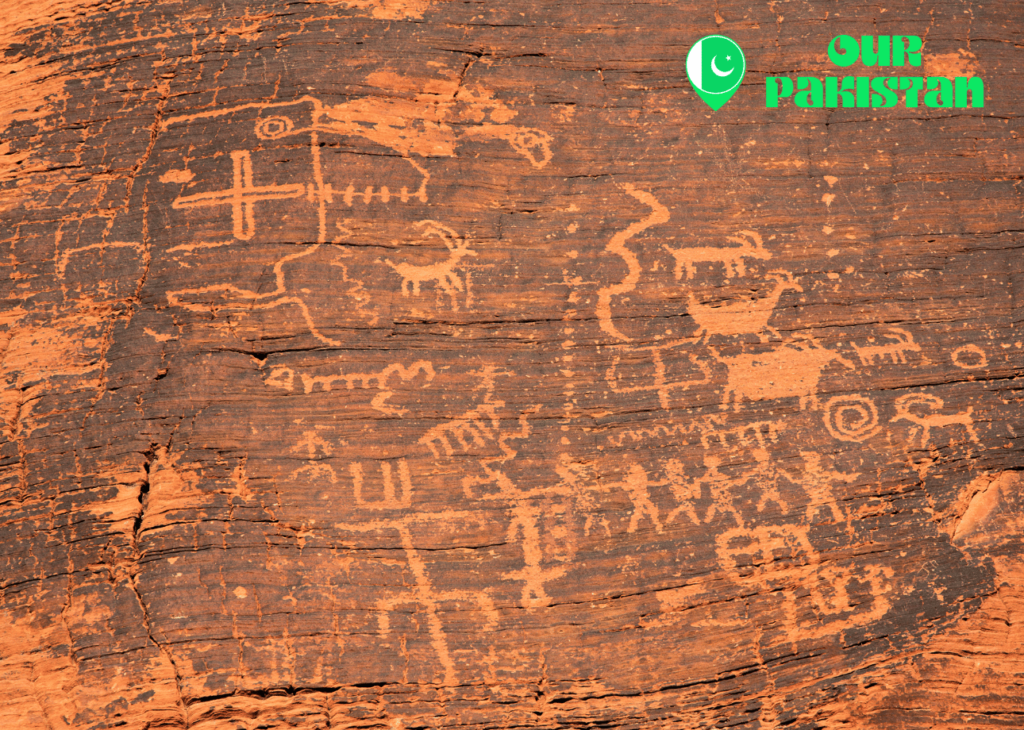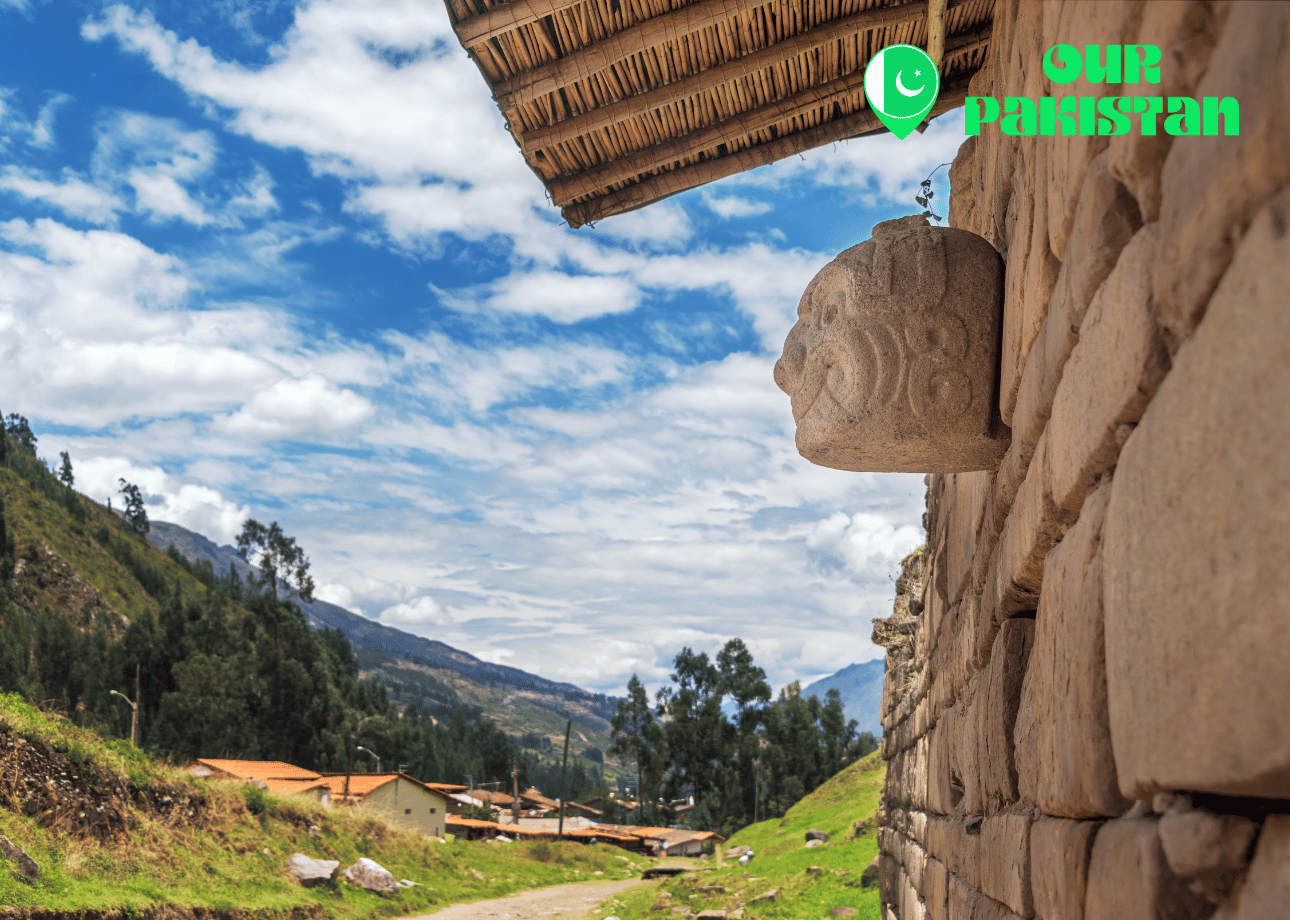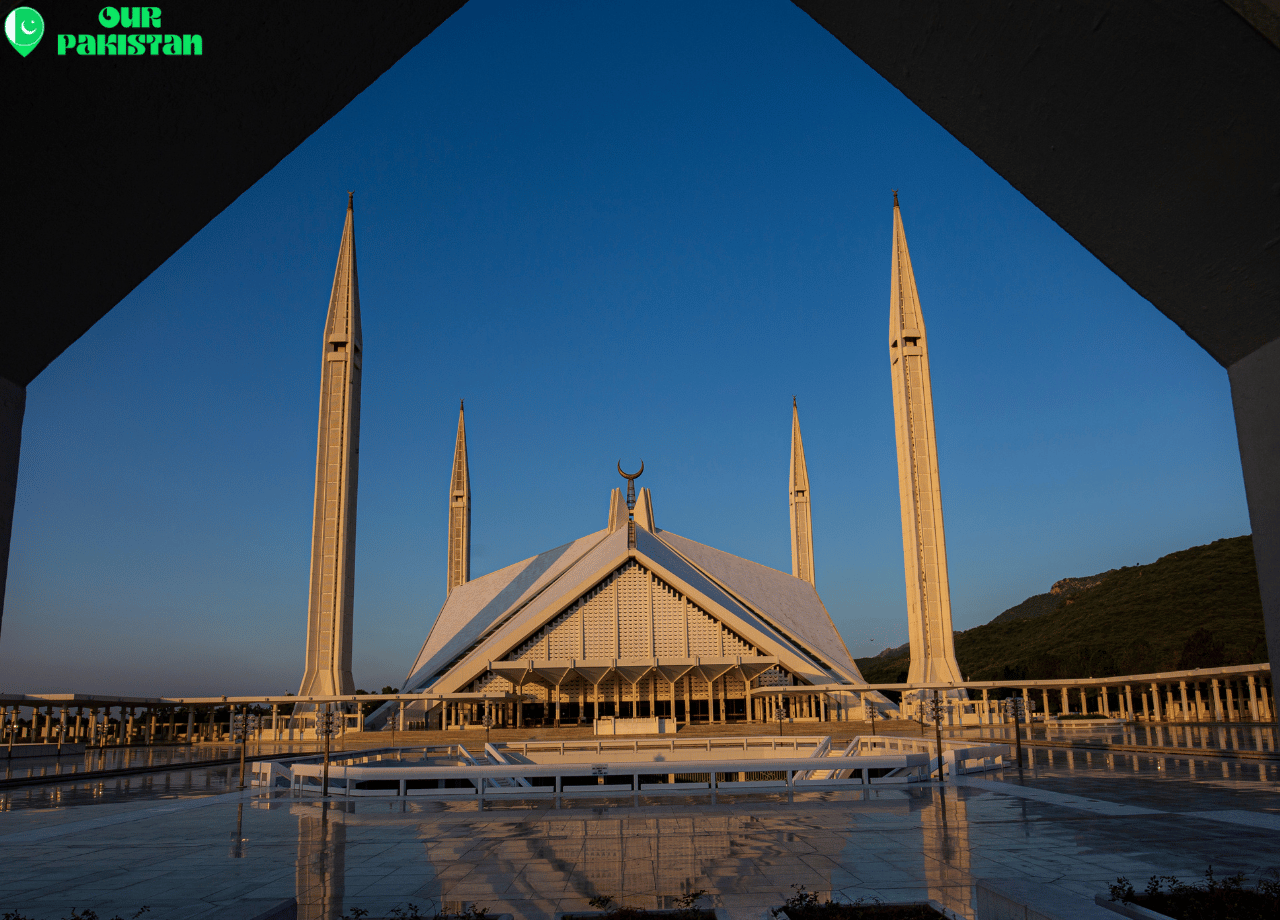The Indus Valley Civilization, also known as the Harappan Civilization, dates back to around 2500 BCE and flourished in the region that is now modern-day Pakistan and northwest India. This ancient civilization holds great significance in the history of South Asia and is considered one of the world’s oldest urban civilizations.
Discovery and Archaeological Excavations
The discovery of the Indus Valley Civilization can be attributed to early explorations and archaeological excavations conducted in the 19th and 20th centuries. Sir Alexander Cunningham, an officer of the British East India Company, led the early explorations in the mid-19th century.
Later, renowned archaeologists like Sir John Marshall and Mortimer Wheeler initiated large-scale excavations in the 1920s and 1930s. These excavations revealed major archaeological sites such as Harappa and Mohenjo-Daro, shedding light on the thriving civilization that once thrived in the region.
Geographical and Historical Context
The Indus Valley Civilization was located in the fertile plains of the Indus River, encompassing an expansive area extending from present-day northeast Afghanistan to Pakistan and northwest India. The civilization’s heartland was centered around the Indus River Valley, providing ample resources for its inhabitants.
The timeline of the civilization spans approximately from 2500 BCE to 1900 BCE, making it contemporaneous with other major ancient cultures such as Mesopotamia and Egypt. Despite being geographically distant, the Indus Valley Civilization shared significant trade and cultural connections with these civilizations.

Urban Planning and Infrastructure
One of the remarkable aspects of the Indus Valley Civilization is its sophisticated urban planning and infrastructure. The cities and towns of this civilization boasted well-organized layouts, with streets laid out in a grid pattern, showcasing advanced town planning skills.
The infrastructure of the Indus Valley cities was ahead of its time. Impressive drainage systems, consisting of covered drains and sewers, prevented waterlogging and facilitated efficient waste management. The architecture of the cities featured multistoried houses made of baked bricks, revealing the civilization’s advanced construction techniques.
Trade and Economy
The Indus Valley Civilization had extensive trade networks that stretched beyond its borders. Archaeological discoveries have unearthed evidence of trade connections with Mesopotamia, the Persian Gulf, and even regions as far as Central Asia.
Major trade routes connected the Indus Valley with these regions, facilitating the exchange of commodities such as precious metals, gemstones, ivory, and textiles. The civilization’s economic prosperity can be attributed to its thriving trade and commerce activities.
Social Organization and Governance
Signs of social hierarchy and class distinctions are evident in the archaeological findings of the Indus Valley Civilization. The presence of large and well-planned cities suggests the existence of a centralized authority responsible for governing and maintaining order.
However, the specifics of the civilization’s governing system remain a subject of debate and ongoing research. Scholars have proposed theories ranging from a theocratic rule to a more decentralized system with different city-states cooperating for common interests.
Cultural Artifacts and Artistic Achievements
The artistic prowess of the Indus Valley Civilization can be witnessed through various cultural artifacts discovered during archaeological excavations. Intricately designed pottery, seals, and sculptures showcase the civilization’s artistic expressions and attention to detail.
Seals found in the Indus Valley exhibit religious symbolism and portray diverse animals like unicorns, bulls, and elephants. These seals played a crucial role in trade and administration and are considered early precursors to the writing system of the civilization.
Writing System: The Indus Script
One of the intriguing aspects of the Indus Valley Civilization is its enigmatic script, known as the Indus script. Despite decades of efforts, the script has not been fully deciphered, adding to the mystery and allure of this ancient civilization.
Various scholars and linguists have proposed hypotheses on the nature and purpose of the script. Some theories suggest that it represents a logographic or a syllabic writing system, while others argue for its possible connection with the Dravidian language family. However, no definitive conclusions have been reached.
Decline and Theories on the Collapse
The decline of the Indus Valley Civilization remains a subject of speculation and research. Scholars have put forth several theories regarding the factors that led to its collapse around 1900 BCE.
Environmental factors such as climate change, including drying up of the Saraswati River, and natural disasters like earthquakes have been proposed as possible reasons. Additionally, social unrest, economic challenges, and the arrival of new cultures and invading forces might have contributed to the decline.
Legacy and Influence
The legacy of the Indus Valley Civilization is imprinted on the rich cultural tapestry of South Asia. Many elements of their culture, such as the art, architecture, and urban planning, have had a lasting impact on subsequent civilizations in the region.
Furthermore, the Indus Valley Civilization serves as a reminder of the importance of studying ancient civilizations to gain insights into the evolutionary journey of humanity. The sophisticated nature of their cities, the advancements in technology, and their economic prowess offer valuable lessons for contemporary societies.

Preservation and Conservation
Efforts to preserve and protect the archaeological sites of the Indus Valley Civilization are of paramount importance. These ancient sites are susceptible to various threats, including urbanization, encroachment, and looting.
Various organizations, both governmental and non-governmental, are actively involved in the preservation and conservation of these sites. Implementing strict laws, conducting awareness campaigns, and promoting responsible tourism are some of the strategies employed to safeguard this invaluable heritage.
Unanswered Questions and Ongoing Research
Despite significant archaeological findings over the years, numerous unanswered questions about the Indus Valley Civilization continue to intrigue researchers. Delving into these mysteries propels ongoing research and excavations aimed at unraveling the secrets of this ancient civilization.
Current research efforts employ multidisciplinary approaches, combining fields such as archaeology, anthropology, linguistics, and genetics. These interdisciplinary studies offer promising avenues to shed new light on various aspects of the Indus Valley Civilization.
Conclusion
Appreciating the significance of the Indus Valley Civilization allows us to understand the profound impact of ancient cultures on shaping human history. The achievements of this advanced civilization in terms of urban planning, trade, and artistic expression are a testament to the ingenuity and creativity of our ancestors.
Studying the Indus Valley Civilization and other ancient civilizations offers invaluable insights into the development of human societies. By exploring their triumphs and challenges, we can gain a deeper understanding of our shared human heritage and foster an appreciation for the diverse cultures that have shaped our world.



